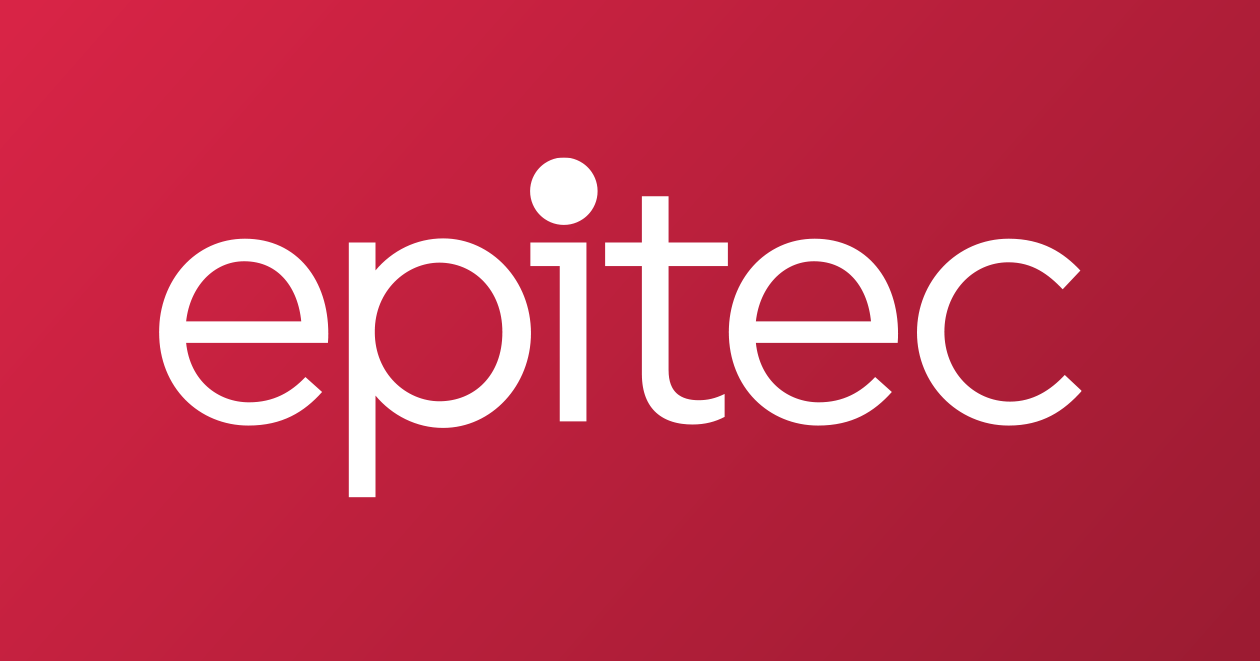I have been reading a lot lately on the disruptive forces in the area of IT. The one disruptive force that has really captivated my attention is this concept of the Consumerization of IT, or IT consumerism, and how it plays into the role of IT in an organization.
Daniel Burrus, in the CIO Magazine article “How to Embrace the Consumerization of IT”, defines the Consumerization of IT as “It’s when your employees find the latest technology in their homes before they find it in their businesses and, subtly or not-so-subtly, sway how technology is used in your company. Think “BYOD” or the bring-your-own-device phenomenon that is getting so much press these days.”
Or in simpler words, it’s when consumers become the driving force for technology in the business.
Consumerization has been ongoing now for several years, and is a challenge for all IT departments, whether they are servicing a handful of users in a single location or several thousand users across multiple locations.
It is estimated that 80% of all employees, and I would bet that number is probably higher now, are using personal technology for business use.
Employees have been using the cloud computing a lot longer than the business has. They manage their bank accounts, photos and documents all in the cloud. They regularly interface with cloud social media sites like Facebook, Twitter and LinkedIn, and they are using their Surface, Kindle, iPhone or iPod to do it. The byproduct of this familiarity with leading-edge mobile technologies and cloud applications is a more technical savvy user, and in some areas, surpassing the knowledge of IT.
And what does IT do when users want to bring their smartphone or tablet to work or use social media on a company provided and managed workstation? We immediately forbid it in the name of security or some other IT policy crafted in the pits of Mordor! We don’t even take into account the idea that maybe the user’s smartphone or tablet might put them into a position to be more productive!
It wasn’t that long ago when IT was the one that dragged the innovation conscious, yet change resistant, business kicking and screaming into the future. The business wanted new technology, but fought it when IT gave it to them.
Since then, the pendulum has swung in the opposite direction.
Today, users believe, along with the business, that IT is trying to keep them from using the latest technology, the same technology they already use at home, all in the name of security and best practices. Just to be clear, I’m not denying there is a security risk to letting users use unapproved technologies, software, hardware and other tools at work. But, is that the whole truth?
Daniel Burrus addresses this very point, when he says, “But here’s the truth: No matter how many policies you create or firewalls you put up, your employees will use those “unapproved” things anyway.” I’ve witnessed co-workers, while sitting in an airport or on plane, use their personal tablet or smartphone to check email or interact with our business applications, instead of using the bulky company issued laptop.
What is IT to do?
We want to protect and defend the infrastructure, but we also want to innovate.
Progress is impossible without change, and those who cannot change their minds cannot change anything. – George Bernard Shaw
What we need to start doing is asking questions, but different questions, questions that challenge our preconceived notions and past experiences. Instead of looking at things and asking, “How can I keep users from accessing our network with their mobile devices?” or “How can I block users from visiting Facebook during business hours?”
We should instead ask, “How can the business use their technology for the forces of good? How can we embrace what our users are going to do anyway and make it work for us?”
The smart and innovative companies, along with IT departments, are embracing consumerism, and realizing not only the cost benefits, but seeing improvements in collaboration, faster problem solving, better communication, and overall increases in employee productivity and satisfaction.
It’s a fine balancing act, especially for the ones setting the strategy for IT.
Our users, both employees and customers, are changing and learning fast, and it’s the job of IT to stay in the fore front. It’s up to us to design, build or purchase, and implement the tools that will help our users work smarter not only for today, but next week and next year.
It’s time for IT to stop protecting the past and start embracing the future.



